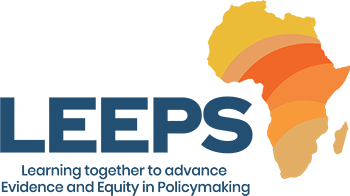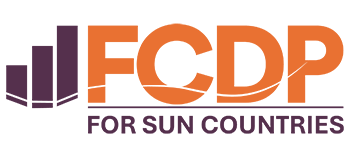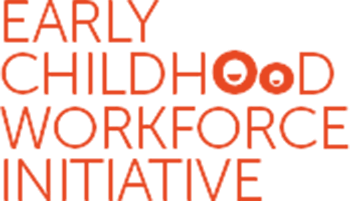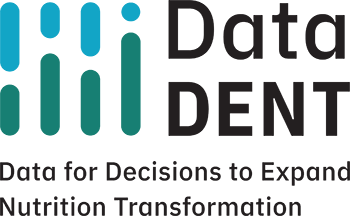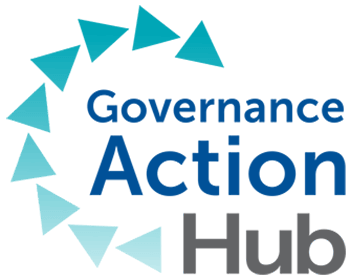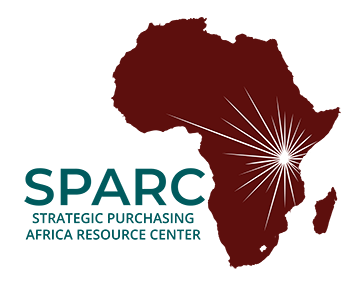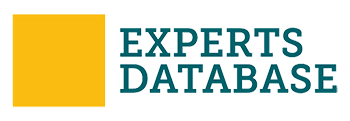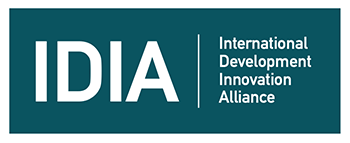The Surprising Power of Stories for Accountability: From testable theories to motivating tales
[Editor’s note: This is the fourth post in a series that is sharing insights from a Harvard Kennedy School and Results for Development joint program that is evaluating whether it’s possible to improve citizen voice and empowerment while improving maternal and newborn health at the same time. Read the first, second and third posts.]
What is it about a good story that helps bring about that “aha” moment? I may be aging myself, but I remember being a kid and listening to stories about the tortoise and the hare—and Aesop’s various other anthropomorphized creatures—and thinking “ah, so that’s why my mom is getting on my case about (fill in the blank).”
And don’t think this starts and ends with childhood. The popularity of Humans of New York and plenty of other spinoffs provides pretty good evidence that humans of all ages—wherever they are from—are motivated by a good story.
So why don’t we see stories as a means to motivate human behavior in more programs?
I wish I could say this is a question that we asked ourselves at the beginning of the T4D project. But, like a lot of people, we did not start the project thinking about stories. No, like good researchers and development professionals, we started with a theoretical framework. Complete with matrices, political economic analysis, and jargon galore—yup, much more interesting than a story. Or at least, more in our comfort zones.
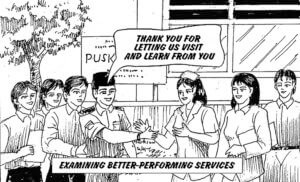
In Indonesia, Transparency for Development local partner Pattiro developed illustrations to accompany stories that were shared with local community members. © Transparency for Development/Sylvia Kartowidjojo
You can read more about our theoretical framework but the short version is that our framework considers the most important local context factors and hypothesizes what types of actions citizens can take that will have the greatest likelihood to improve governance and health services in each context scenario.
For example, if you live in a place where you can choose your health providers, a campaign that assesses and shares the quality of different options is probably a good fit. If you live in a place where there is choice in clinics but a reform-minded midwife, a collaborative problem solving approach may be best.
So we started with this theory and then we worked with local partner organizations to test it. We had to find a way for citizens to try specific actions in specific contexts, and we realized we had three options—keeping with the story theme, I would classify these as the Goldilocks options:
- Closed: One option is to assess the political will of service providers and other factors and then tell citizens what actions they should take, such as “stage a protest” or “tell a local reporter.”
- Open: Another option at the other end of the spectrum is to give no guidance at all. In this approach, we provide information on health problems and then just let community members decide whether to act and how.
- Just Right: Because we wanted to wanted to empower people to make the decisions, but we also wanted communities to be able to learn from the successful actions of other communities, we decided to design something in between these first two options—something that would provide ideas and motivate action but would not go so far as to tell communities what they should be doing. At first we thought the best way to motivate was with statistics (again, what do you expect from a group of researchers?). And we did include statistics about maternal and newborn health problems—but we realized that we needed more than numbers. We decided that there was no better way to do this than through stories that people in communities could relate to. We called these Social Action Stories.
So what are the Social Action Stories? For each of the five scenarios in our theoretical framework, we identified one or more social actions that we thought had the potential to be the most successful. And for each of these actions, we found a real story from a different community about what they had done to address a problem like broken water systems or absent teachers.
They were stories like this one from Tanzania:
…in Lindi region, patients were unhappy with the services at a health facility and the health facility wanted to be more responsive to the needs of its patients. The health facility set up a suggestion box where patients could anonymously write comments about the quality of services at the health facility and provide recommendations as to how situation could be rectified. At the end of every month, the health facility governing committee would empty the box, sit together to discuss the comments and find solutions….”
And this one from Indonesia:
…The (vaccination) fund from the Central Government was apparently only enough for 175 patients, which was not close to enough for a year. By May of 2013, the vaccines were already out of stock. Realizing that this was a huge problem, the community members sought the local mass media to publicize it. The bad news on vaccines was then prominently featured and published in the local media and was reported by other local journalists. Finally, the District Government listened to their complaints and approved the budget changes in early November of 2013…”
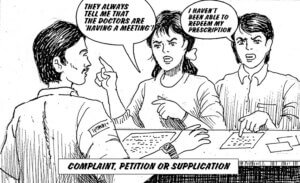
A cartoon used to illustrate a social action story in Indonesia. © Transparency for Development/Sylvia Kartowidjojo
A cartoon used to illustrate a social action story in Indonesia. © Transparency for Development/Sylvia Kartowidjojo
These stories do not require action, but they motivate discussion. And what’s more is that we are observing that communities in the pilot and phase 1 turning stories into actions that they are actually taking.
In Tanzania, communities learned about the use of complaint boxes in a neighboring village, and the story is motivating community representatives to work on building their own feedback system in the local dispensary. In another community, the story of a village coming together to push for a by-law on maternal and newborn health has motivated community members to take the same action. And even when community members change course based on what they are learning and the success (or lack thereof) of previous actions, the discussions often come back to the stories for ideas of what could be done differently.
We are seeing communities design and take smart actions. And it all starts with a good story.




